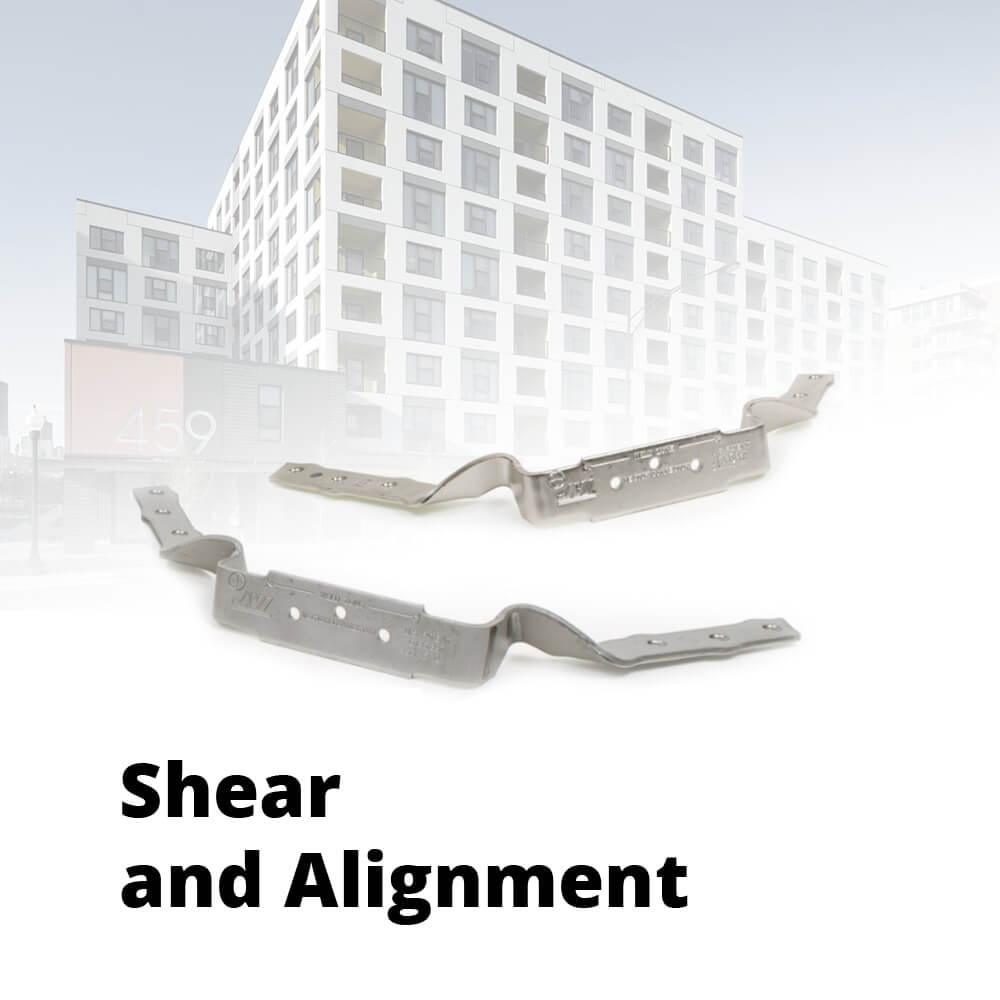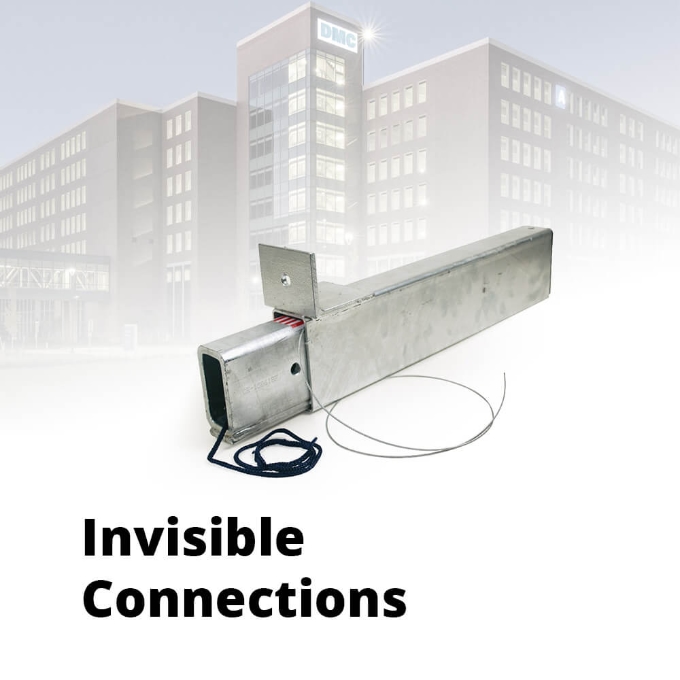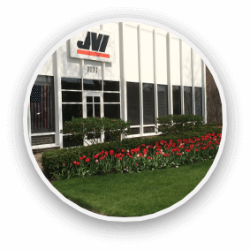
What’s all the noise about precast?
Credit: Original article published here.
Precast concrete is incredibly dense, and the process used to create it makes it denser than other concrete options. This density is why it is used in many walls and privacy construction elements for large-scale construction as well as sound walls around communities that may face a highway.
Precast concrete’s density effectively reduces sound and creates a privacy zone when it is used as a barrier in large-scale construction projects. The ability to deflect or absorb sound also makes precast concrete a smart acoustic material. This makes it a perfect option for both residential and commercial projects.

Any concrete product will have its acoustic rating downgraded if openings, holes or cracks are left in the panel after installation and during the life of the panel. These openings provide an avenue for sound waves to penetrate directly through the panel. Aspects such as quality control, curing and crack elimination are issues which have been addressed during the manufacturing process of the precast concrete panel.
When acoustic performance concerns are brought up during a building’s design phase, precast concrete is seldom a concern as it has excellent sound transmission loss properties.
An added benefit:


Now that you have that quiet interior of your new building. The great news is that precast concrete is actually relatively Wi-Fi friendly and may be more compatible with the wireless networking than other types of concrete or other building materials.
Precast concrete allows more radio signals, Wi-Fi and other Internet networks to pass through more floors or walls, expanding support and limiting the cost the building owner or renter will need to expend to connect their entire facility.
This is one of the chief reasons precast concrete has started to show up more often in schools, office parks, hotels, apartments and other commercial/retail applications.
Rick Hodek
Sales





